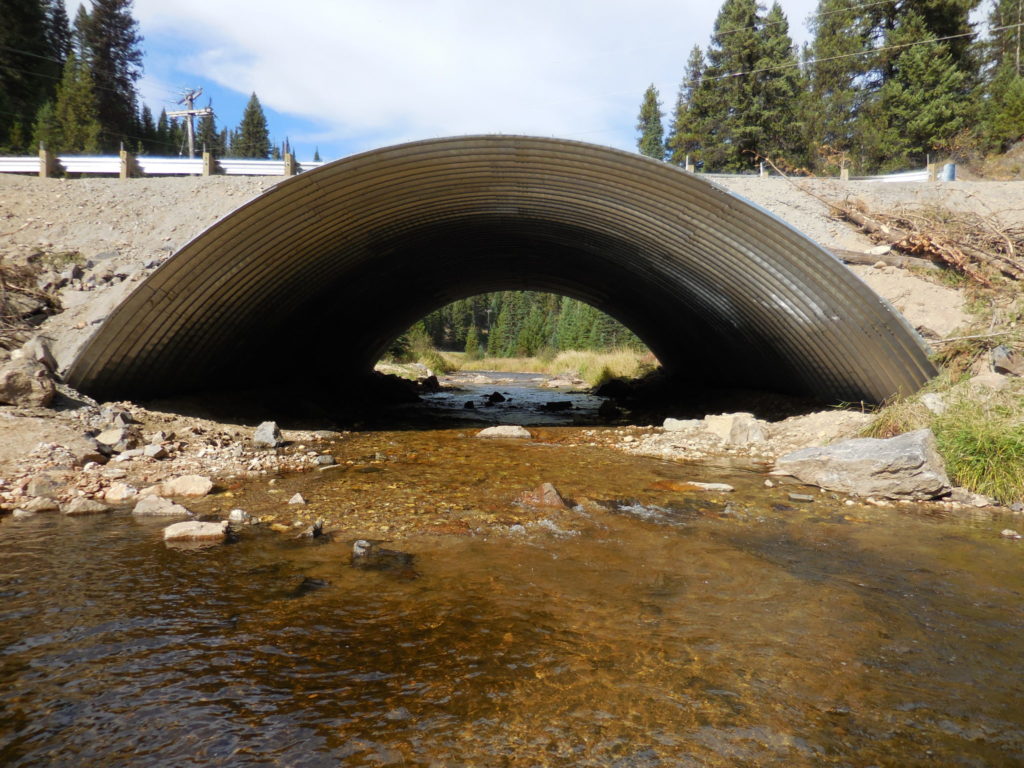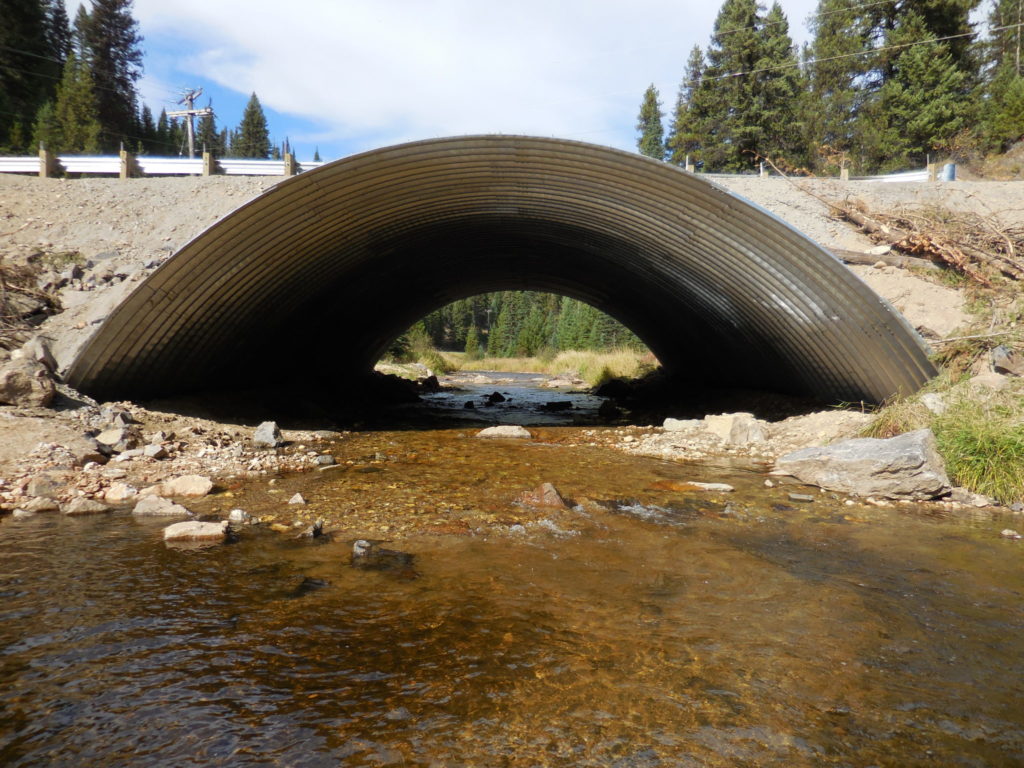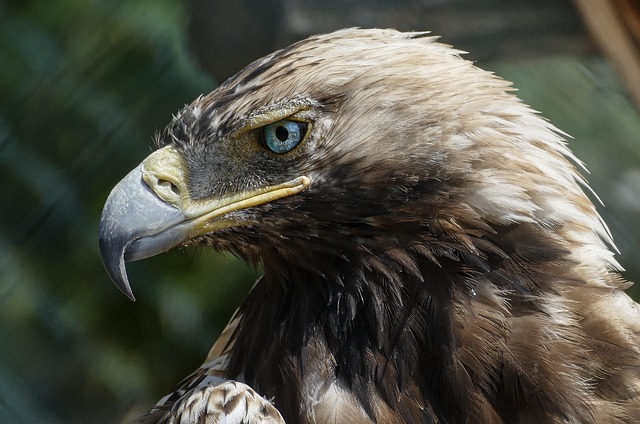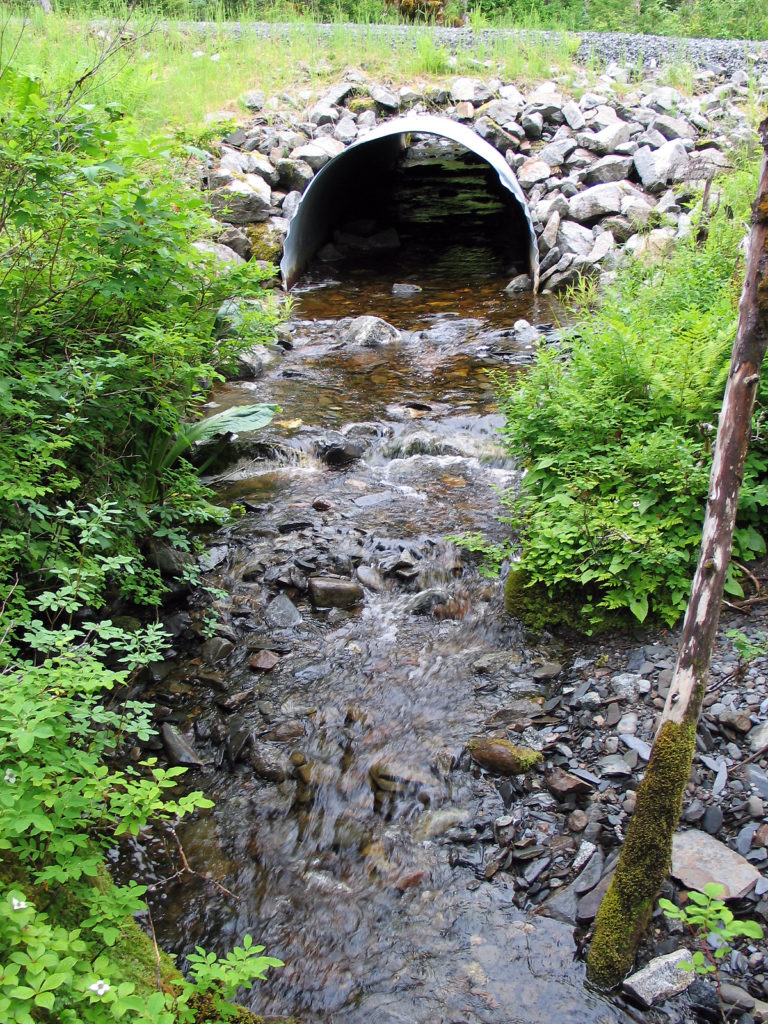Have you ever wondered how we can restore aquatic habitats and preserve fisheries? Well, one solution is through the implementation of Aquatic Organism Passage (AOP) Structures. These structures are designed to replace barriers that prevent aquatic species from moving within a stream channel. You see, common barriers like height barriers and velocity barriers can have a significant impact on the genetic diversity of species and their ability to migrate and spawn annually.
Historically, culverts and bridges were built without considering the impact on aquatic species. But with AOP structures, the focus is on creating designs that simulate the characteristics and function of the natural channel. AOP culverts can be either open bottom or closed bottom, depending on the specific site characteristics. In some cases, culverts may even be replaced with bridges if culverts are not suitable for the given location. By implementing these structures, we can restore aquatic habitats and preserve the biodiversity of fisheries.
To learn more about how AOP structures work and their impact on aquatic ecosystems, check out the rest of the article. You’ll discover why providing passage for native aquatic and riparian species is crucial for robust communities and resilience to climate change stresses. The restoration work carried out under this program involves collaborations with transportation agencies, landowners, and various interest groups. Let’s dive deeper into how we can restore aquatic habitats and protect our precious fisheries.
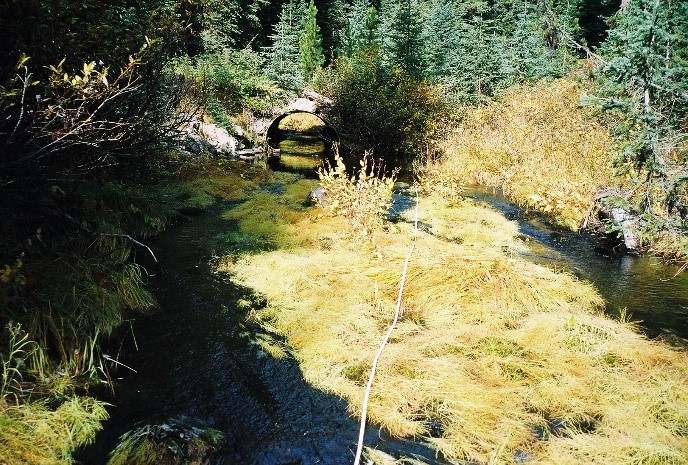
Restoring Aquatic Habitats and Preserving Fisheries through AOP Structure Implementation
Aquatic Organism Passage (AOP) Structures aim to replace barriers that prevent aquatic species from moving within a stream channel. These structures, which can include culverts and bridges, play a vital role in restoring aquatic habitats and preserving fisheries. By understanding the importance of removing barriers to aquatic species movement, the benefits of AOP structures, and the various types of AOP culverts available, we can take significant steps towards maintaining healthy aquatic ecosystems.
Importance of Removing Barriers to Aquatic Species Movement
Aquatic organisms rely on the ability to move freely within a waterway to complete their life cycle. However, common barriers such as height barriers and velocity barriers can impede their movement and have severe consequences for the ecosystem. These barriers disrupt fish migration, prevent the exchange of genetic material, and obstruct spawning grounds. By removing these barriers and implementing AOP structures, we can restore connectivity and ensure the survival of aquatic species.
Types of Barriers: Height Barriers and Velocity Barriers
Height barriers, often in the form of dams or weirs, create physical obstructions that restrict the movement of aquatic organisms. These barriers can prevent fish from accessing essential habitats like breeding and feeding areas. Velocity barriers refer to flows that are either too fast or too slow for fish to traverse comfortably. Excessive flow velocities can exhaust fish, while slow velocities may inhibit their ability to swim upstream. Understanding and addressing these barriers are crucial in implementing effective AOP structures.
Benefits of AOP Structures in Promoting Genetic Diversity
A key advantage of AOP structures is their ability to promote genetic diversity within aquatic species. When barriers are removed, populations of fish and other organisms can interbreed, ensuring a healthy gene pool. This genetic diversity enhances the population’s resilience to environmental changes and increases their chances of survival. By implementing AOP structures, we can foster stronger and more sustainable aquatic ecosystems.
Annual Migration and Spawning of Species
Many aquatic species undertake annual migrations to spawn or find optimal habitats. However, barriers can disrupt this crucial process, leading to a decline in fish populations. AOP structures enable these species to navigate freely, allowing them to complete their migration and reach their spawning grounds successfully. By facilitating natural movements, AOP structures play a significant role in maintaining the delicate balance of aquatic life.
Historical Design Impact on Aquatic Species
In the past, culverts and bridges were often designed without considering their impact on aquatic species. These structures were constructed solely to facilitate human activities, disregarding the needs of aquatic organisms. As a result, many traditional culverts posed challenges for fish passage, creating barriers that limited movement and migration. Recognizing this, AOP design focuses on creating structures that mimic the natural channel characteristics and function, taking into account the requirements of aquatic species.
Designing AOP Structures to Simulate Natural Channels
The design of AOP structures is crucial in restoring aquatic habitats. These structures should replicate the natural flow characteristics of a waterway, ensuring that aquatic organisms can move freely without encountering artificial barriers. By simulating the natural channel, AOP structures enable fish and other species to navigate through the waterway, allowing for the uninterrupted flow of life.
Different Types of AOP Culverts
AOP culverts come in various forms, each suitable for specific site characteristics. Open bottom culverts are designed with a clear channel beneath them, allowing fish to swim through unobstructed. Closed bottom culverts, on the other hand, use baffles or other features to create a more natural flow environment. By selecting the appropriate type of AOP culvert based on site conditions, we can optimize fish passage and enhance the overall success of habitat restoration efforts.
Replacement of Culverts with Bridges
In cases where culverts are not suitable or impede fish passage, the replacement of culverts with bridges can be a viable solution. Bridges provide unobstructed channels for fish and other aquatic organisms, ensuring smooth movement within the waterway. By replacing culverts with bridges, we eliminate barriers and promote the preservation of fisheries and the restoration of aquatic habitats.
Implementing AOP Structures to Restore Habitats and Preserve Fisheries
The implementation of AOP structures is a crucial step towards restoring aquatic habitats and preserving fisheries. By removing barriers, promoting genetic diversity, and ensuring the accomplishment of annual migrations and spawning, these structures work towards maintaining healthy aquatic ecosystems. Through the use of effective AOP culverts and, when needed, the replacement of culverts with bridges, we can create an environment favorable to the proliferation of aquatic species.
Conclusion
Restoring aquatic habitats and preserving fisheries is a collective responsibility that requires us to prioritize the well-being of aquatic organisms. By implementing Aquatic Organism Passage (AOP) Structures, we can remove barriers that hinder species movement within waterways and promote genetic diversity. Through the proper design and selection of AOP culverts or the replacement of culverts with bridges, we can create structures that closely mimic the natural channel characteristics. The restoration of aquatic habitats and the preservation of fisheries go hand in hand, and AOP structures serve as essential tools in achieving both goals.
